Bob Toal
The Crying Cayuse Twins Postcards
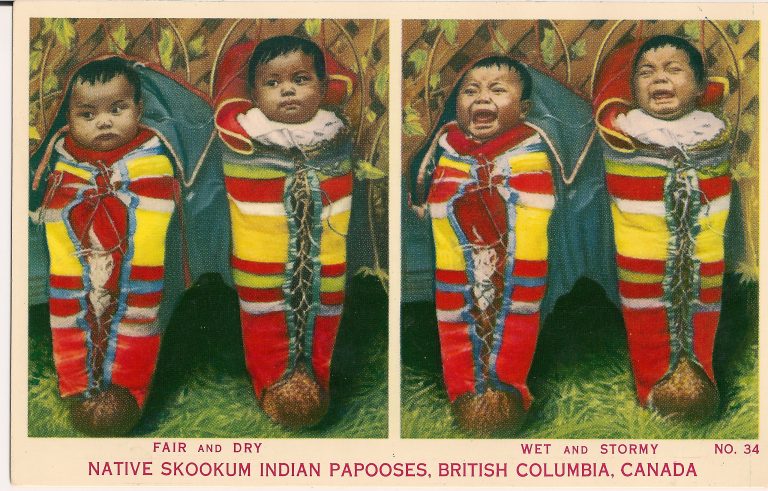
While searching through digital copies of the Inland Printer magazine on line for general printing information (Hathi Trust Digital Library), I came across an 1899 article [Volume 24, October 1899, page 100] about the Indian papooses shown in the figure 1 card. It tells the history of how the photos came to be made and a behind the scenes story of the twins. I found it quite interesting. A copy of that article follows.
“The Crying Cayuse Twins”
The illustrations of the “Crying Cayuse Twins,” which accompany this article, are from photographs taken by Major Lee Moorehouse, of Pendleton, Oregon, one of the best-known photographers on the coast. It was the intention of the Mass & Inwood Company, Chicago, to show these twins in colors in this month’s issue, but as the sheets for the colored insert could not be got ready in time, it was decided to present the children in one color only. (Figure 3 – before and after).
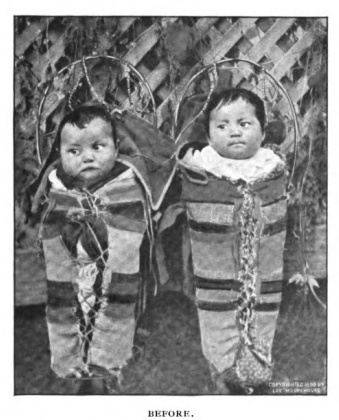
Major Moorehouse was formerly United States Indian agent on the Umatilla reservation in the northeast part of Oregon, and by reason of this had exceptional opportunities for photographing his former Indian wards.
He says that after the mother of the two papooses had arranged them for the camera, and the intended picture had been made, she quitted the scene for a moment, and the little ones, frightened at being left with strangers in the persons of the operator and his companion, threw an imploring glance after the retreating form of their maternal parent and then set up a lusty bawl.
Major Moorehouse was fortunate in catching the expression of their faces when in this predicament. In a recent issue of the Sunday Oregonian, of Portland, an interesting account is given of the twins in question. The Oregonian says: “Peculiar interest attaches to these Indian twins from the fact that they are the second pair ever born on the Umatilla reservation, and the only pair now alive. There being alive, too, many assert, is contrary to the dictates of the Indian superstition, for it is commonly believed that Indians never permit twins to live. It is their belief that twins are signs of displeasure of the Great Spirit, hence they are usually killed as soon as born.
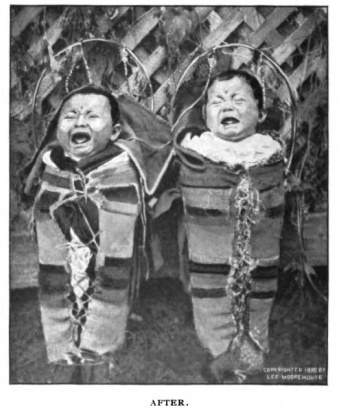
Recently, on other reservations, incidents have occurred tending to establish the truth of the assertion that Indians have superstitious dread of twins. In this instance, however, the Cayuse tribe appears to have departed from the custom of the past, and the twins, Tox-e-lox and A-lom-pum, are honored by being permitted to live. Ala-we-a-him-yean (Skin-of-a-coyote) and Ha-hats-mox-mox (Yellow–grizzly-bear) are the parents, and one day, several years ago, Ala-we-a-him-yean presented her aboriginal lord with these twins. Ha-hats-mox-mox was subtle and cunning, and when he wanted his twins to live and grow up to honor him in his old age, he spread the impression among the tribesmen that they came as a good omen for the nation.
They must be reached through other arguments. The tribes selfishness, as personified in the men, must be the means of saving the twins. Ha-hats-mox-mox made a speech. He told the tribesmen how he had been far away hunting the deer on the Little Minem; how in the night, when his cuitan was grazing near by on the bunch of grass and he himself had laid down to rest, he had a vision, and in a vision had been promised these twins, who were to be signs of good fortune to the whole tribe. All Indian braves are great on visions, and Ha-hats-mox-mox worked his particular vision off on the tribe council, and the twins lived.
Follow up and available postcards
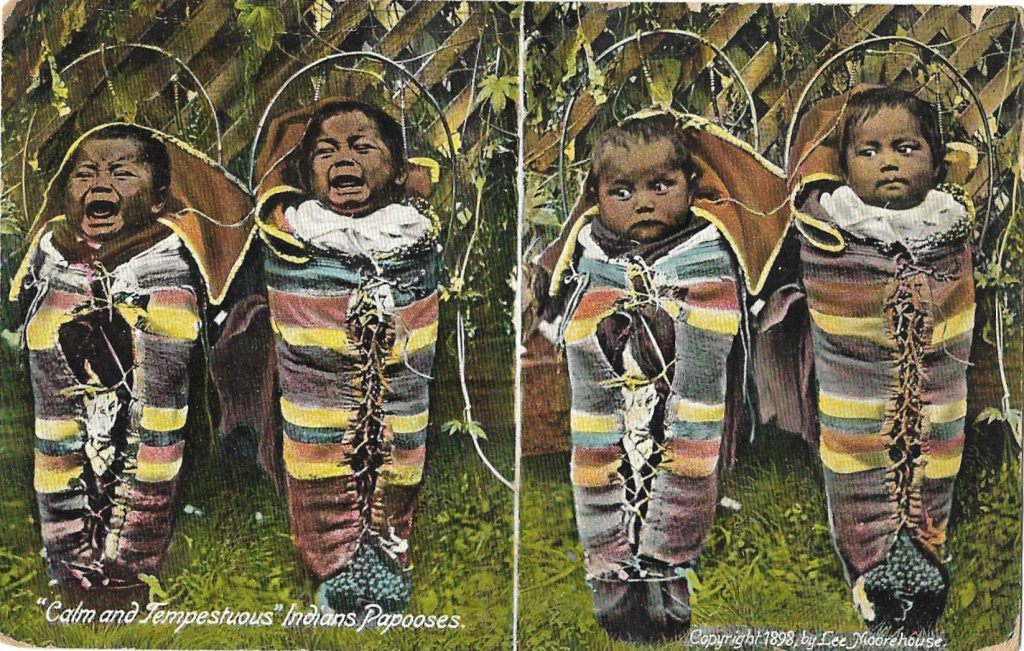
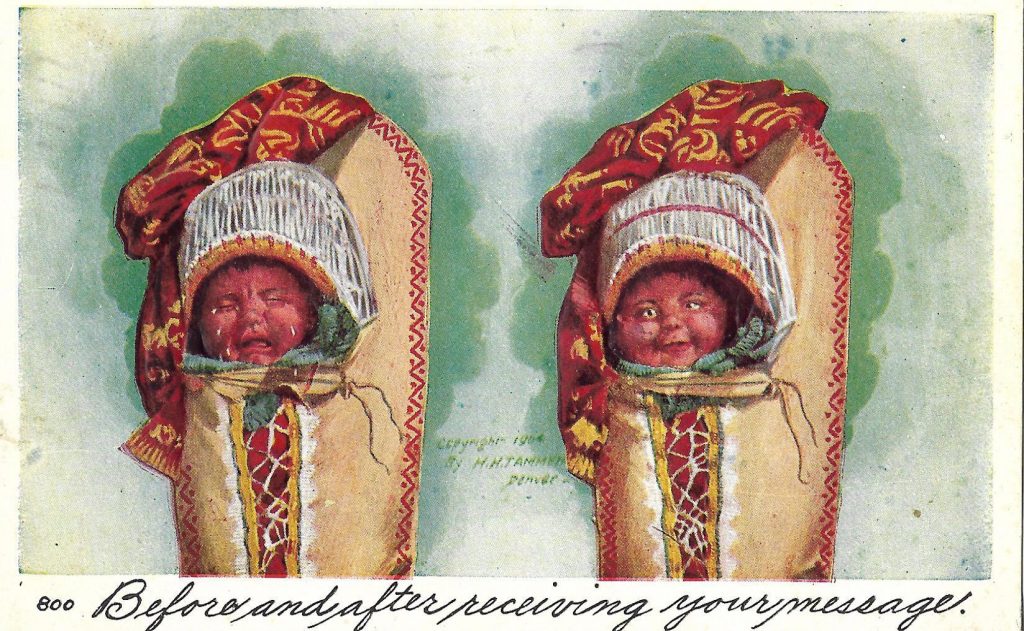
Such is the story of the crying Cayuse twins of the Umatilla reservation. The Umatilla reservation is in Northeast Oregon and was established for three tribes, the Umatilla, Walla Walla and Cayuse. No mention of a Skookum tribe is made.
The text in the figure 1 card is misleading calling the twins Native Skookum Indian Papooses- not Cayuse. The term Skookum refers to popular collectible Indian dolls made in a variety of sizes with different clothing. It does not pertain to an Indian tribe name that I am aware of. These dolls were made circa 1913 thru 1960s with a principle early manufacturer being H.H. Tammen Company of Denver Colorado. The name was given to the dolls by their original maker Mary McAboy of Missoula, Montana.
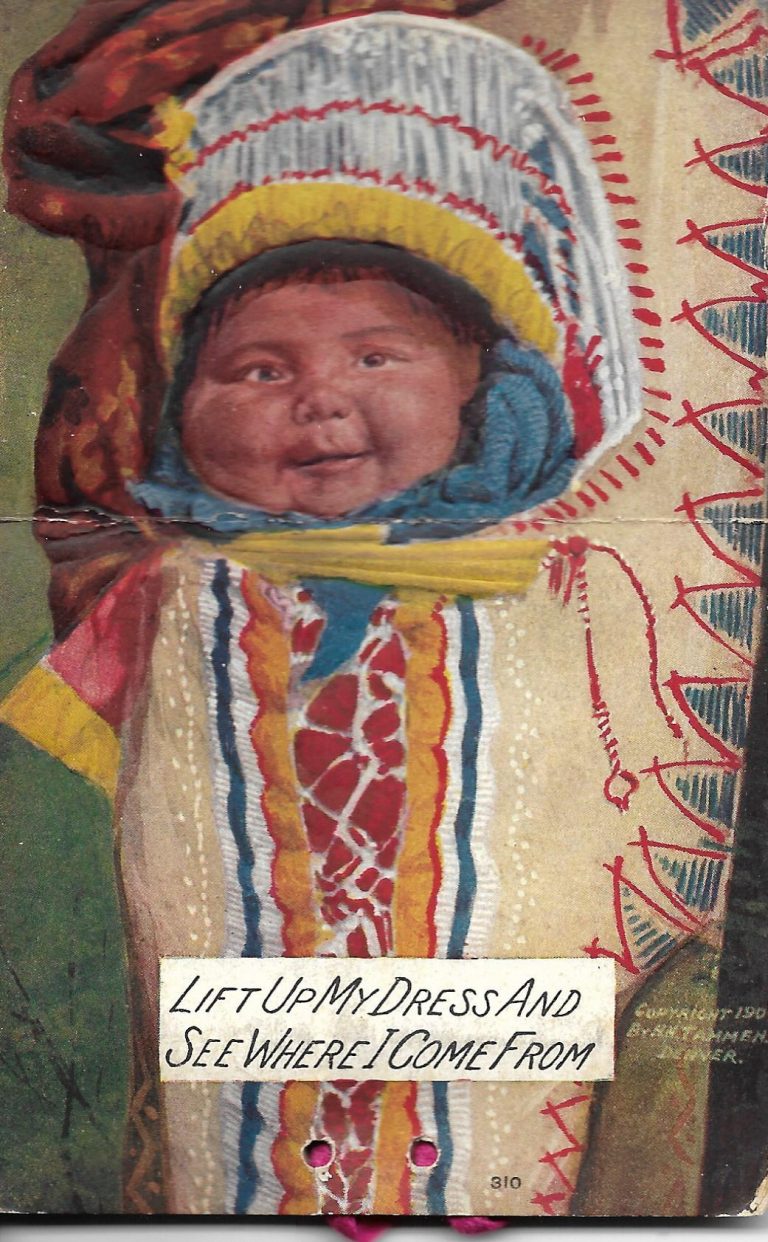

Figure 4 shows a 1911 posted card of Newman Post Card Co. titled, Calm and Tempestuous Indians Papooses with the before and after images of the twins reversed in order. The Moorehouse 1898 copyright is visible.
The H.H. Tammen Co. card (figure 5) is copyrighted 1904 (used 1906) and shows a different version with only one papoose “Before and after Receiving your message”.
Tammen followed up with a novelty version (figure 6 a,b,c) of a smiling papoose saying, “Lift Up My Dress And See Where I Come From.” The fold out is of Atlantic City. The card was mailed with at letter rate due to its increased thickness using a two cent stamp in 1908.
Lastly, the 1950s card (figure 7) returns to the original image of the twins but this time only the crying version is depicted.
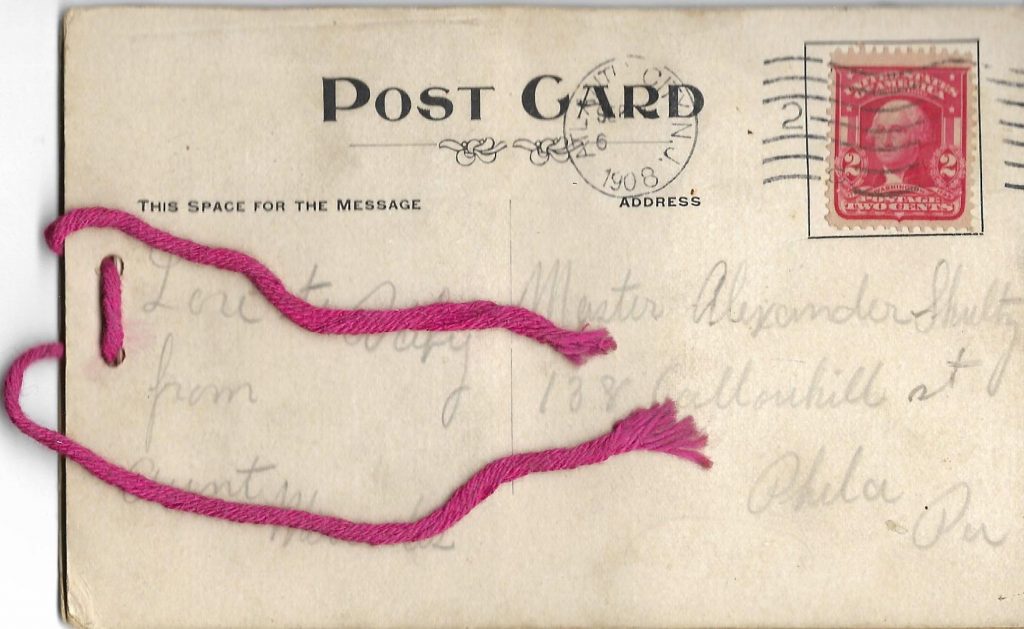
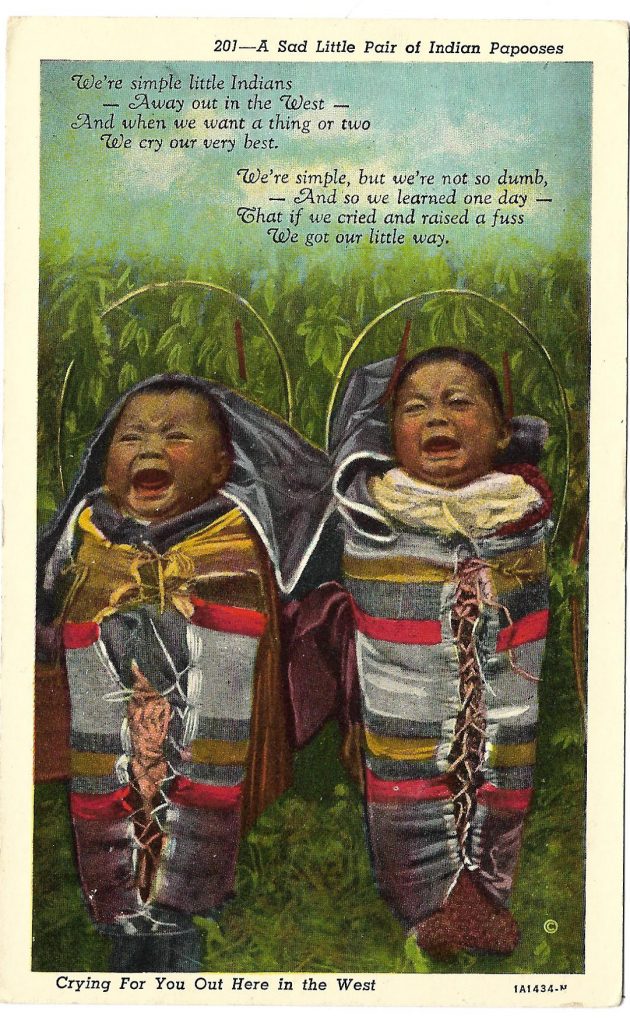
In conclusion, once the idea of the papoose images got out others copied it and used it on postcards. Many cards use the original images while other cards used different versions. Finding the early cards and especially the novelty type postally used is challenging.
I have a Fred Harvey postcard with a papoose. It says the baby is Navaho.
I have seen several postcards evolve after these were published that depict a papoose or two that are not direct copies of these thus are of different tribes or nations. I suppose publishers were capitalizing on a popular theme. The cards shown here have been printed and reprinted for years with varying text under the twins. A group of those type cards would make a nice postcard display for a postcard show.
Interesting article showing how images can be exploited for varying purposes.